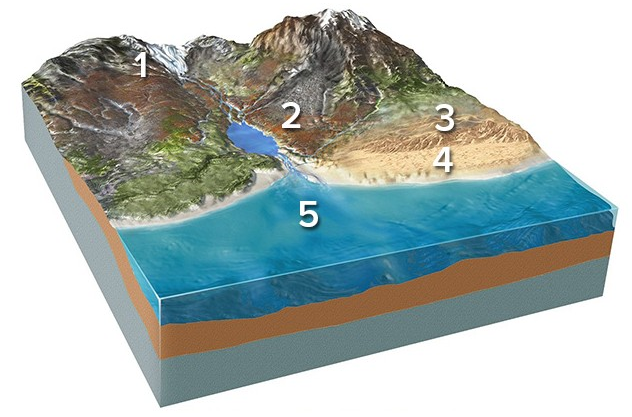How did the landmass called Laurentia come together? What will be an ideal response?
Archean crust came together through a series of island-arc and minicontinent collisions, providing the
nuclei around which Proterozoic continental crust accreted. Between 2.0 and 1.8 billion years ago
(BYA), collisions between Archean-age crust formed a large craton. Between 1.8 and 1.6 BYA,
younger belts were added to the craton. At 1.6 to 1.3 BYA, extensive igneous activity, possibly related
to large-scale upwelling of magma, occurred. Finally, the Grenville orogeny, in the eastern U.S. and
Canada between 1.3 and 1.0 BYA was the final episode of continental accretion of Laurentia. Rifting
during the orogeny generated basaltic volcanism and sedimentary rocks.
You might also like to view...
Until the late 1700s, European economic expansion was significantly limited by dependence on wind and water for power, and wood for building materials
Indicate whether this statement is true or false.
Which of the following locations would contain large, angular rocks that broke away from bedrock and moved downhill?

A) Location 1, along the margins of a glacier
B) Location 2, along a steep mountain front
C) Location 3, in sand dunes
D) Location 4, along a beach
E) Location 5, on relatively deep seafloor
Which color of light comes from the higher energy transition, red or blue?
A) Blue is a higher frequency and therefore corresponds to a lower energy level transition. B) Blue is a higher frequency and therefore corresponds to a higher energy level transition. C) Red is a higher frequency and therefore corresponds to a lower energy level transition. D) Red is a higher frequency and therefore corresponds to a higher energy level transition.
Of the hydrocarbons given here, which contains the most carbon atoms?
A) butane B) pentane C) ethane D) propane